What’s that siding? Are those red or white cedar shingles? How many inches of clapboard should be exposed to the weather? Today, straight answers to some of frequently asked questions about exterior materials.
Which shingles are most often specified on an exterior?
On shingle-style homes, we typically specify white cedar shingles on exterior walls, often with a kick out or splay as the shingle hits the stone foundation. Shingles can be multifaceted, offering not only texture but variation where desired. At times, wavy shingles may be specified to imply a nautical theme, or diamond shingles may be introduced in a peak or within a portion of the elevation to break up the uniformity. Occasionally our shingle-style homes will include shingled columns in the style of architectural giants McKim, Mead and White who operated at the turn of the 20th century.
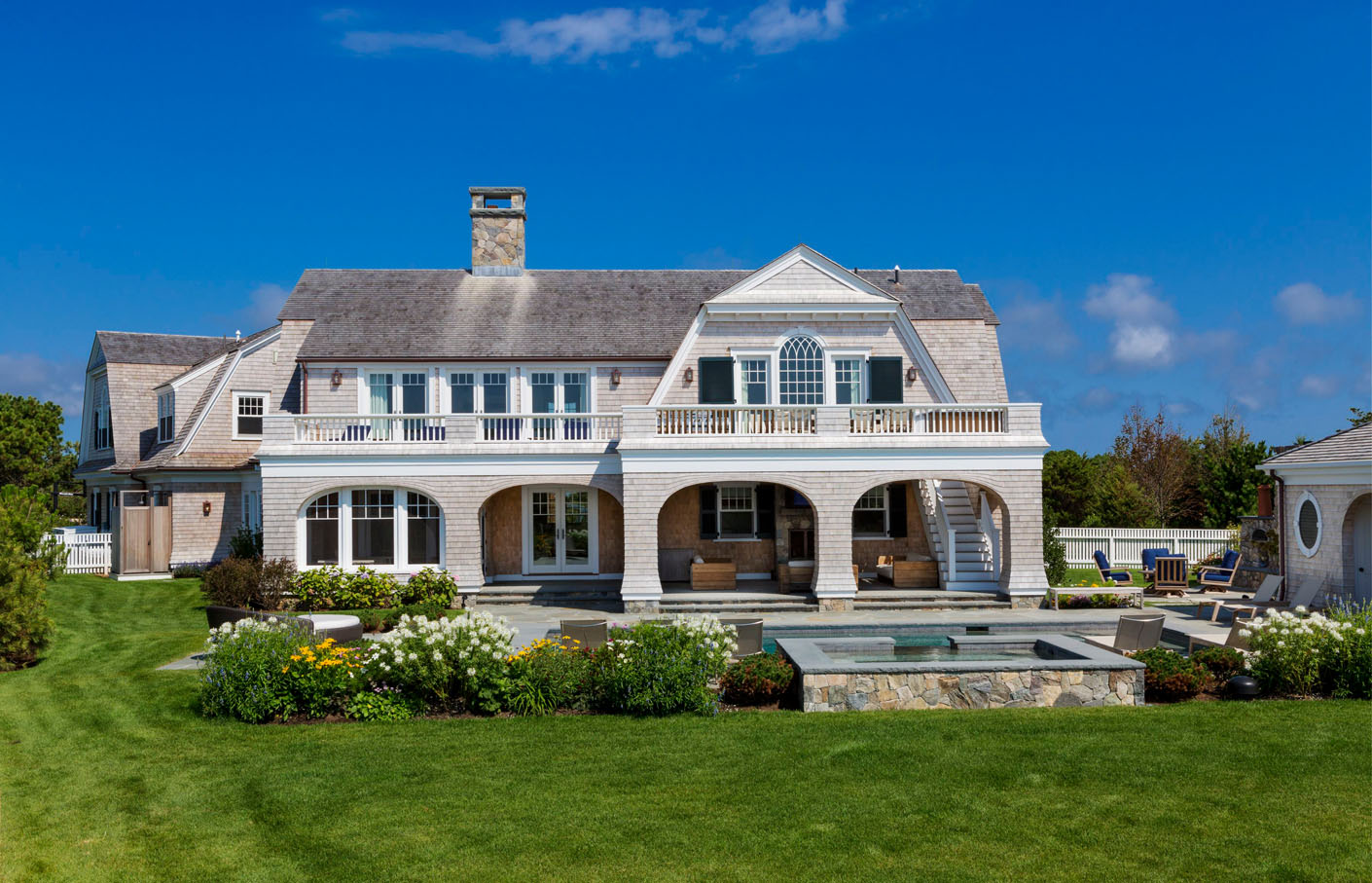
On a home with a different attitude than the smooth, consistent lines of a traditional white cedar shingle, another option is the Canadian-made swirl siding for its period-correct bark-look edge, which was a Royal Barry Wills staple in the 1930s. With a totally different texture than uniform straight-edged shingles, the swirl siding has a chamfered edge with variation in width. This shingle represents a different approach to a timeless home, one that we consider depending on the location and context of the neighborhood.
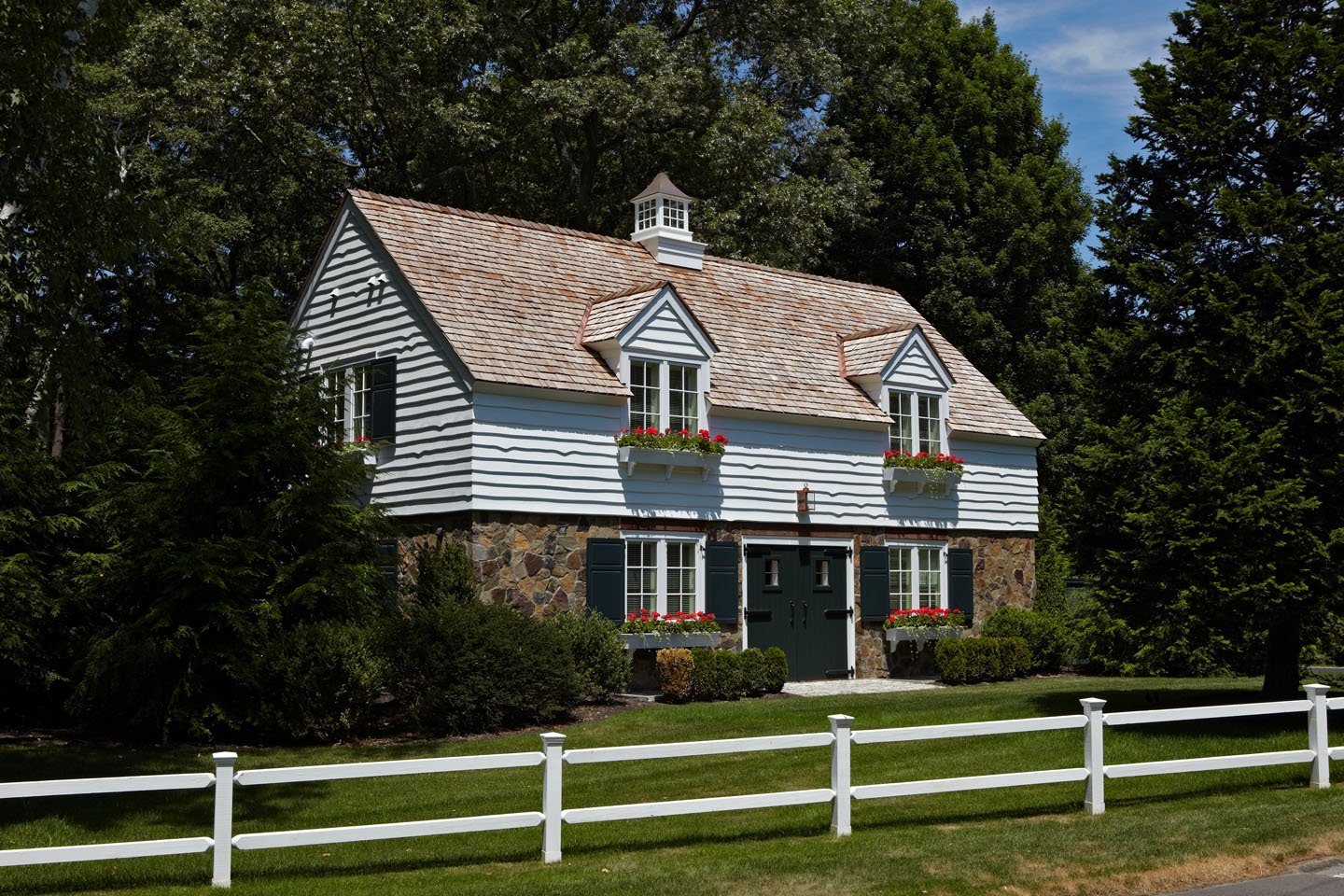
What’s the best way to achieve a coastal New England weathered grey color on exterior shingles?
Realistically there is no replacement for New England sea air which weathers white cedar shingles to their beautiful natural grey – the salt content of the air does the job with little to no assistance. If a home is not on the water—even in New England—the cedar shingles will not become the classic grey that so many homeowners desire. In that case, we attempt to get close to the coastal grey coloration with a semi-transparent stain. The grey color will not be the same as it would have been if the shingle were exposed to our sea air, but oftentimes it satisfies a homeowner’s want for the classic grey look. Another option if a shingled home is not on the water is to paint the shingles for an appealing visual composition.
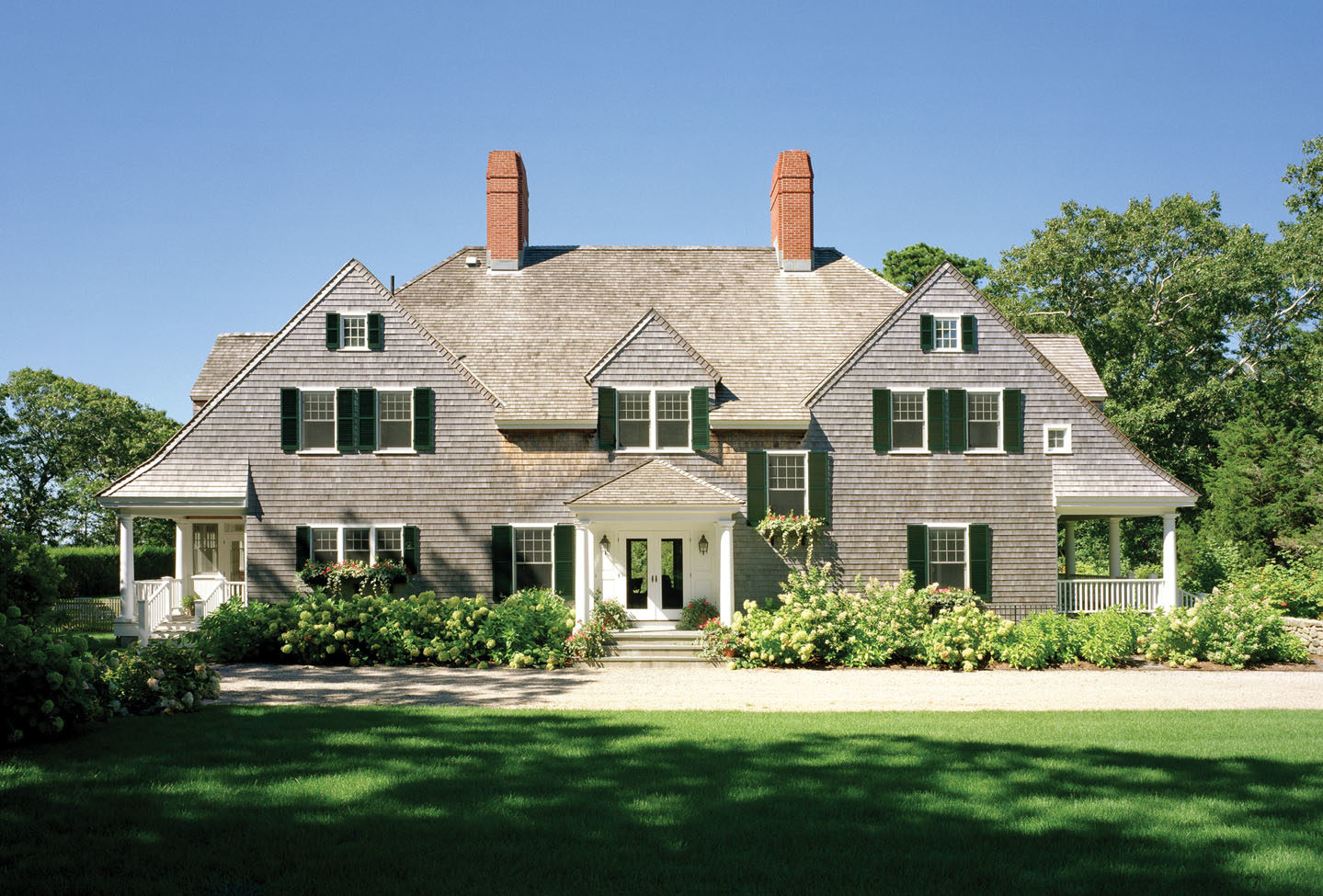
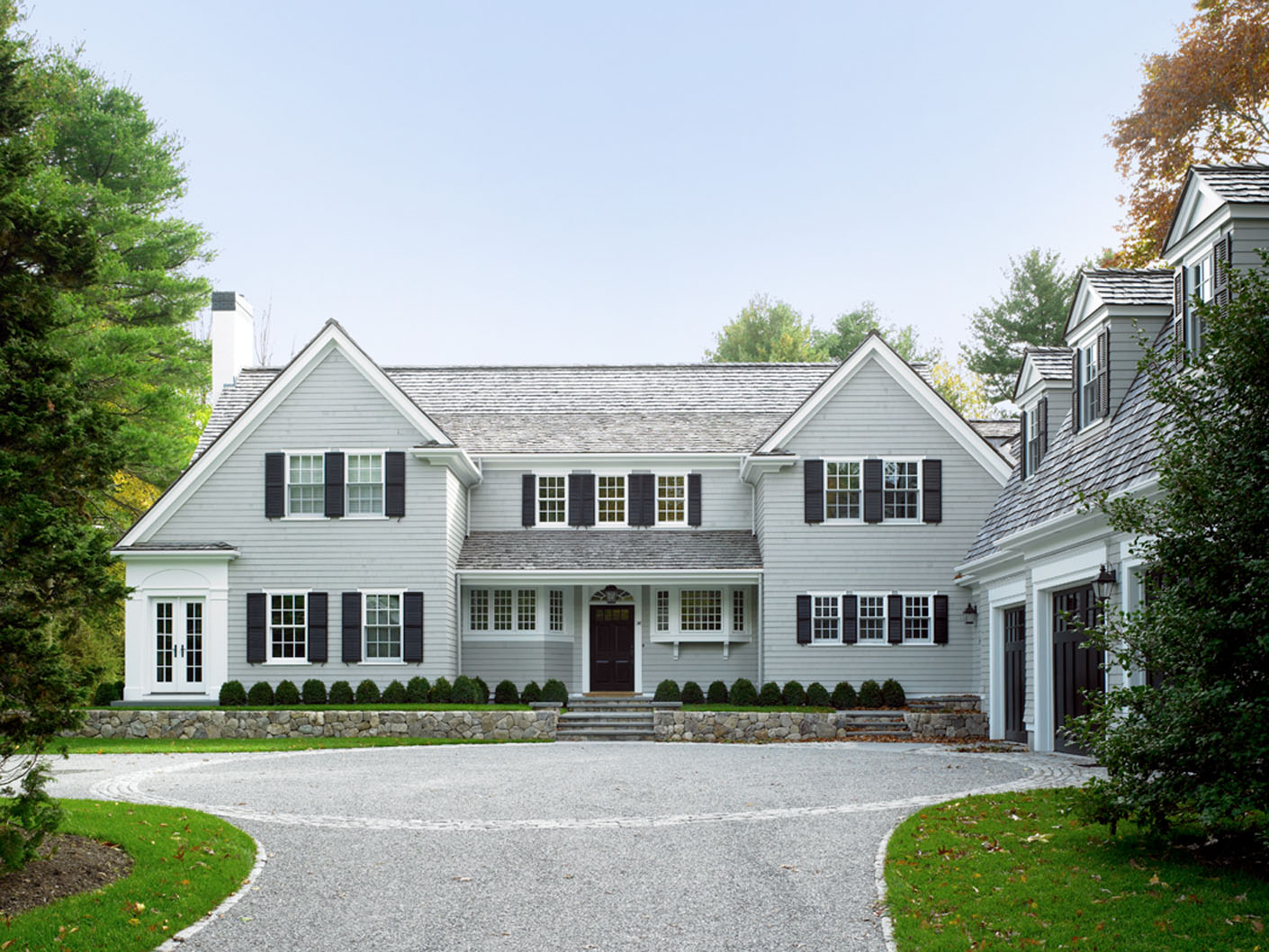
What about clapboard? How many inches should be exposed to the weather?
Many of our Federal revival projects and homes with a cottage feel are finished with cedar clapboard siding. Cedar clapboard gives the patina of age even if it a property might be new construction or an addition onto an existing structure. While the standard typically exposes 4.5” of clapboard to the weather, we often expose only 3”. As a result, more horizontal lines are seen on the exterior of a home. Conversely, on a larger home, we might call for 5” to be exposed so that from a distance the house may appear smaller in scale. In this way, clapboard can be thought of as an excellent architectural scaling device.
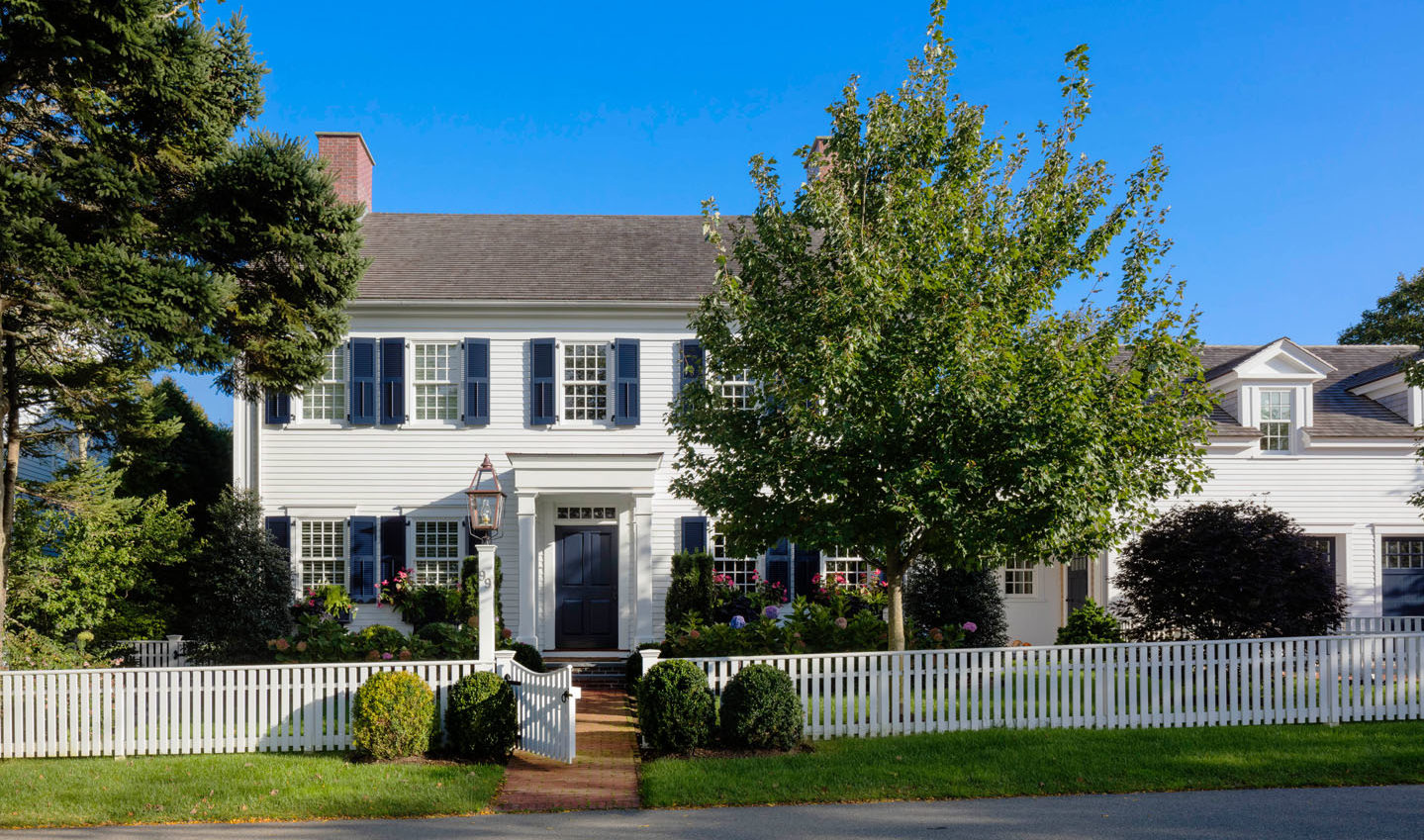
How about the roof? Is wood rot a concern with cedar shingles on the roof?
When stylistically appropriate, especially on shingle style homes, we will specify a red cedar shake roof. These durable cedar shingles can last for 50 years or more. Specifically related to rot, building technologies have advanced significantly to the point where rot is really not a concern for new cedar roofs. Underneath, we typically call for Cedar Breather which acts as a barrier, so the shingles don’t sit right on the plywood and are less prone to rot than they were long ago.
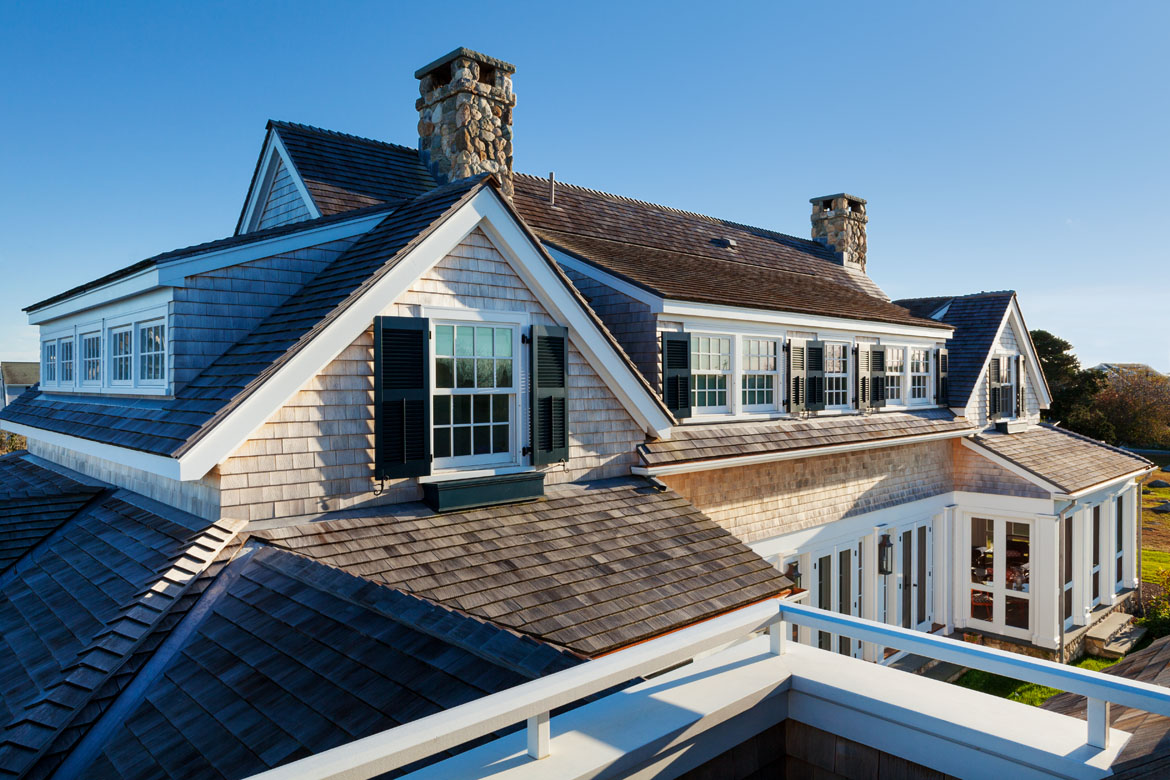
If thoughts of building materials make you consider building a new home of your own, contact us to learn how we can help architect the house you’ve been thinking about. In the meantime, we invite you to find meaningful inspiration in our portfolio.
Originally posted October 1, 2020.
Revised May 18, 2023.